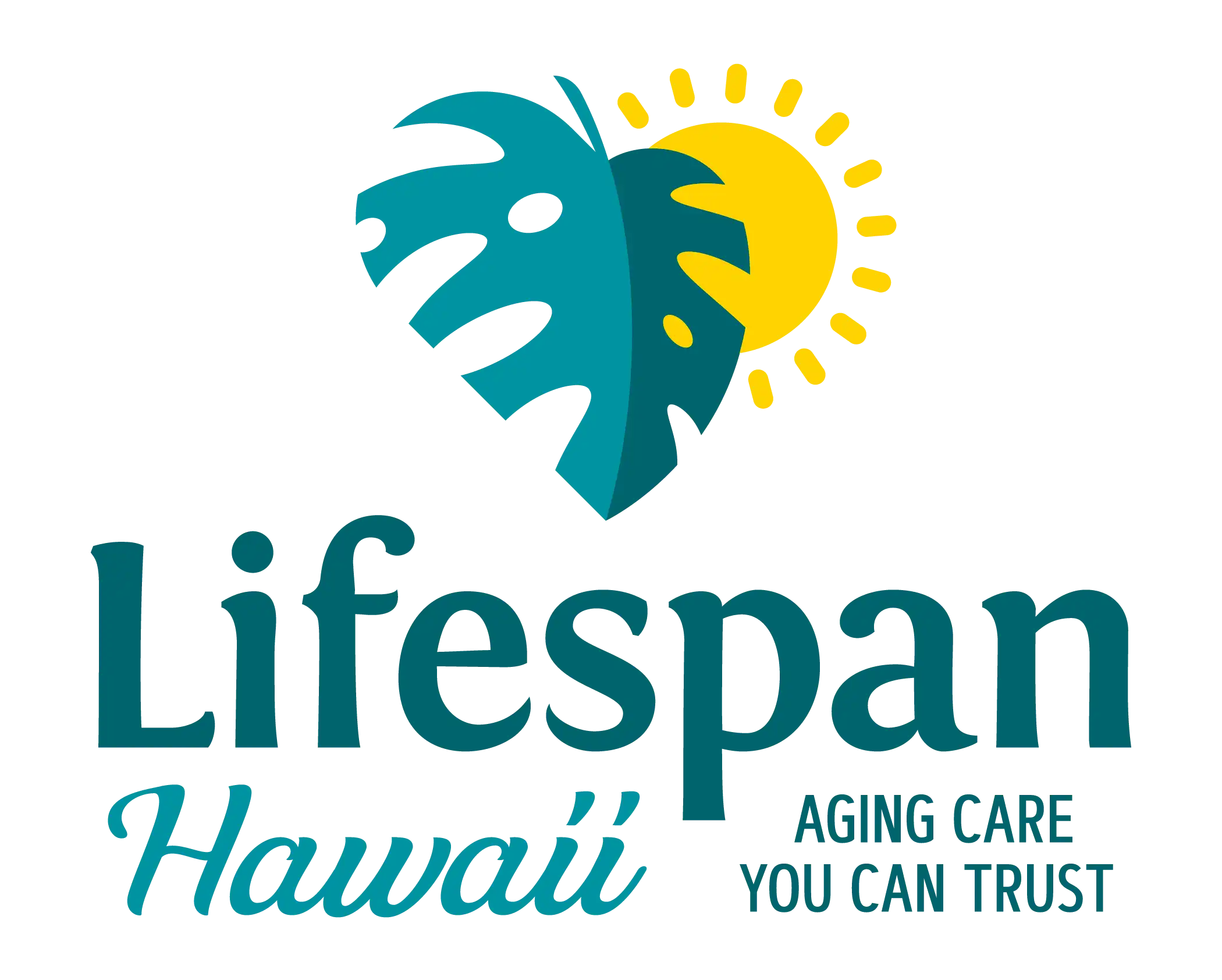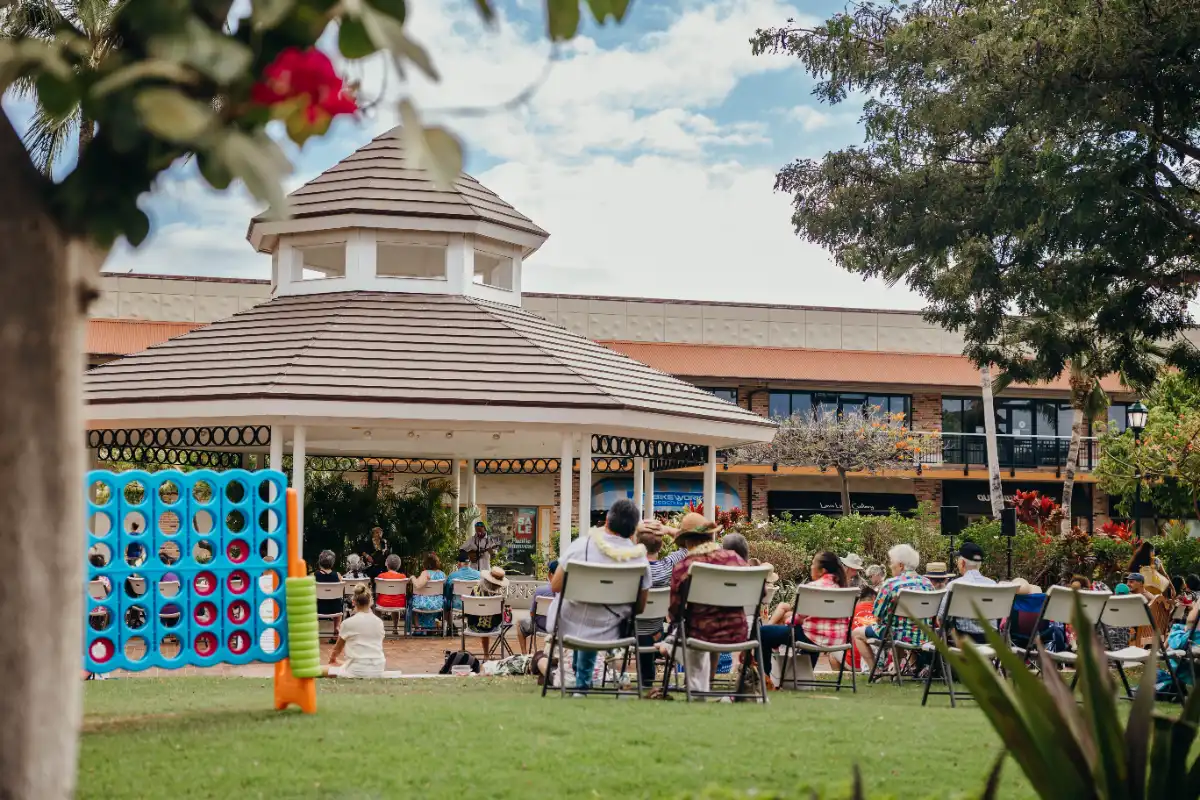VOLCANO WATCH: Kīlauea Changes Were Not Unexpected

On Aug. 9, 2018, visibly active lava on Kīlauea Volcano’s lower East Rift Zone was limited to a small pond deep with the fissure 8 cone and small streams of lava oozing into the ocean near Isaac Hale Beach Park (shown here) and at Kapoho Bay. USGS scientists are closely monitoring the volcano, watching for any signs that might indicate if Kīlauea’s rift zone eruption and summit subsidence are pau or paused. PC: USGS photo by I. Johanson.
Since the morning of Aug. 4, 2018, activity at Kīlauea Volcano’s summit and its lower East Rift Zone (LERZ) has diminished dramatically—and the slowdown continues.
But what does it mean? Are Kīlauea’s fissure 8 lava flow and summit collapses pau (over)? Or are they merely paused (taking a break)?
Here’s the situation as of Aug. 9:
At Kīlauea’s summit, earthquake counts—which were 30–40 per hour in prior weeks—have decreased to as few as 1–2 per hour. A collapse event has not occurred since Aug. 2, and no significant subsidence has been evident since Aug. 4. Major rockfalls within Halema‘uma‘u and along the summit caldera walls have not been observed the past few days. Monitoring instruments show little change in summit deformation and seismicity.
On the volcano’s LERZ, the eruption of lava and emission of sulfur dioxide gas (SO2) have decreased dramatically. Only a small pond of crusted lava remains deep within the fissure 8 cone and the lava channel is mostly empty. The ocean entry is minimally active, with small streams of lava oozing into the ocean, mostly near Isaac Hale Beach Park, and the laze plume is diminished. Earthquake and deformation data continue to show no net storage or withdrawal of subsurface magma.
At Puʻu ʻŌʻō on Kīlauea’s middle East Rift Zone, a white plume was observed above the cone in recent weeks. On Aug. 2 and 3, gas measurements indicated that SO2 emissions at Puʻu ʻŌʻō had increased significantly. Since then, however, SO2 values have decreased to low levels of the past three months. Coincident with the summit activity slowdown, deflation along the middle East Rift Zone stalled.
Why the LERZ eruption and summit subsidence abated so quickly is not certain, but one possibility is that it could be a response to reduced magma supply to the LERZ as the summit reservoir progressively emptied. It might also reflect a blockage within the magma system between the summit and the LERZ; however, the lack of seismicity and deformation, which generally indicate pressurization associated with a blockage, suggest that this is perhaps unlikely. Other possibilities also exist.
The changes at Kīlauea were not completely unexpected. Subtle hints of decreasing lava effusion and changes in summit collapse characteristics, detected as early as mid-July, included decreasing background summit tilt rate, increasing repose times between summit collapses, and fluctuating fissure 8 lava output.
The significance of these changes is not clear. It’s possible that the slowdown is just a pause, and that an eruption on the East Rift Zone and subsidence at the summit of Kīlauea could resume. In 1955, two pauses of 5 and 16 days occurred during that 88-day-long LERZ eruption.
It’s also possible that the slowdown reflects the end of the LERZ eruption and summit subsidence. But it will take days, or possibly weeks, to determine with certainty if the activity is pau or merely paused.
What we know for sure, however, is that hazardous conditions remain in both areas of Kīlauea.
LERZ hazards include: (1) possible reactivation of existing fissures, or the opening of new fissures, leading to new lava flows and inundation; (2) still-hot, unstable lava in the fissure 8 flow field; (3) ongoing, albeit lower, sulfur dioxide gas emissions; and (4) potential hydrovolcanic explosions, lava delta collapse, and laze plumes at the ocean entry.
Summit hazards include: (1) additional and potentially damaging earthquakes; (2) additional rockfalls, ground cracking, and collapse of crater walls; (3) ash deposits resuspended by strong winds; and (4) potential gas- or groundwater-driven explosions.
The USGS Hawaiian Volcano Observatory (HVO) is closely monitoring Kīlauea. This includes overflights of the volcano’s East Rift Zone and summit as needed, supplemented with USGS Unmanned Aerial Systems (drone) flights. Daily visual observations are also conducted from the ground, with USGS field crews deployed in the LERZ and summit areas to collect data and document activity, as well as to install and repair monitoring instruments.
HVO continues to issue daily status reports, and posts photos, videos, and maps on our website, to keep emergency managers and the public informed. Stay tuned as we work to answer the question, “pau or paused?”
Volcano Watch (http://hvo.wr.usgs.gov/volcanowatch/) is a weekly article and activity update written by U.S. Geological Survey`s Hawaiian Volcano Observatory scientists and colleagues.












